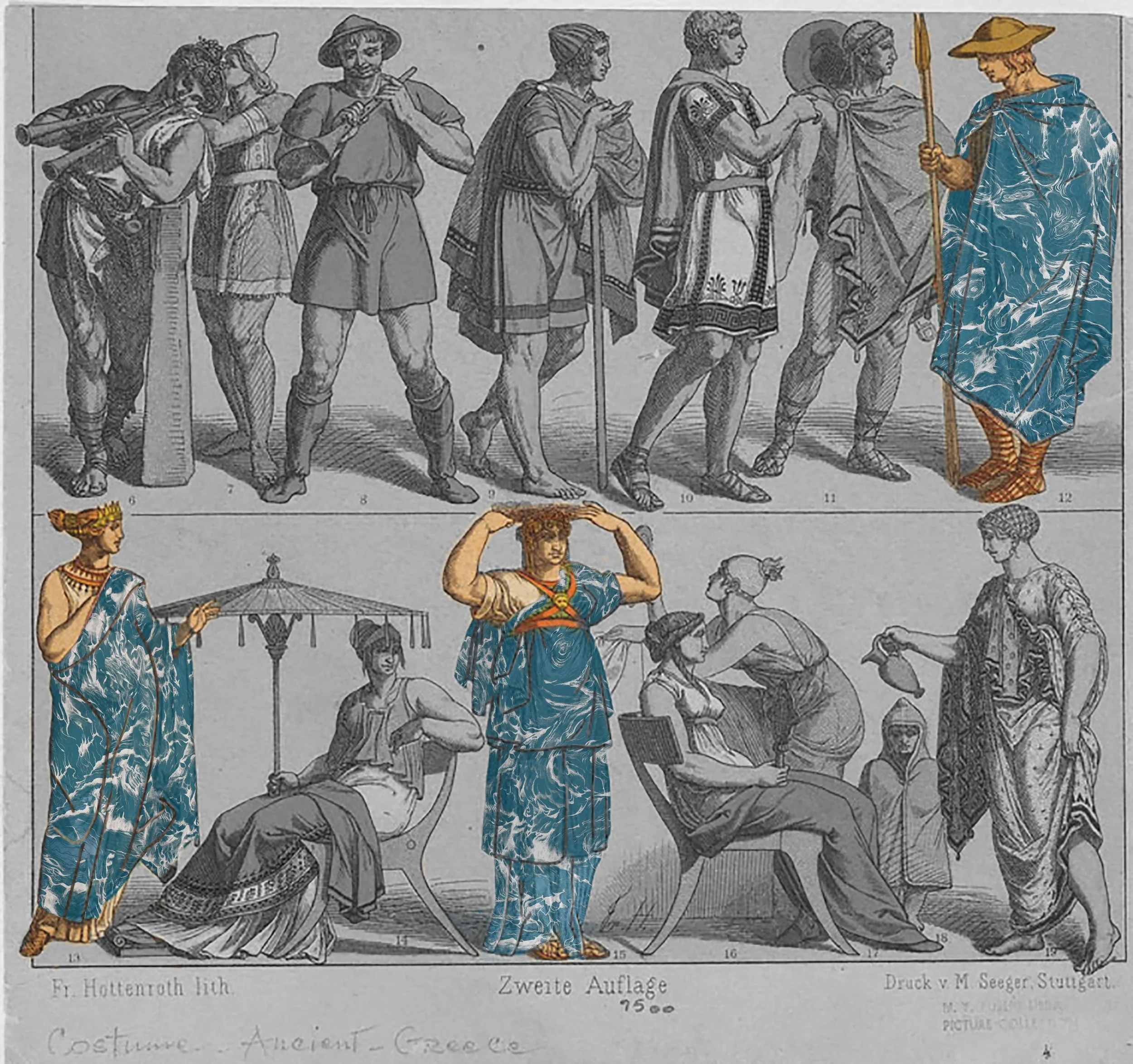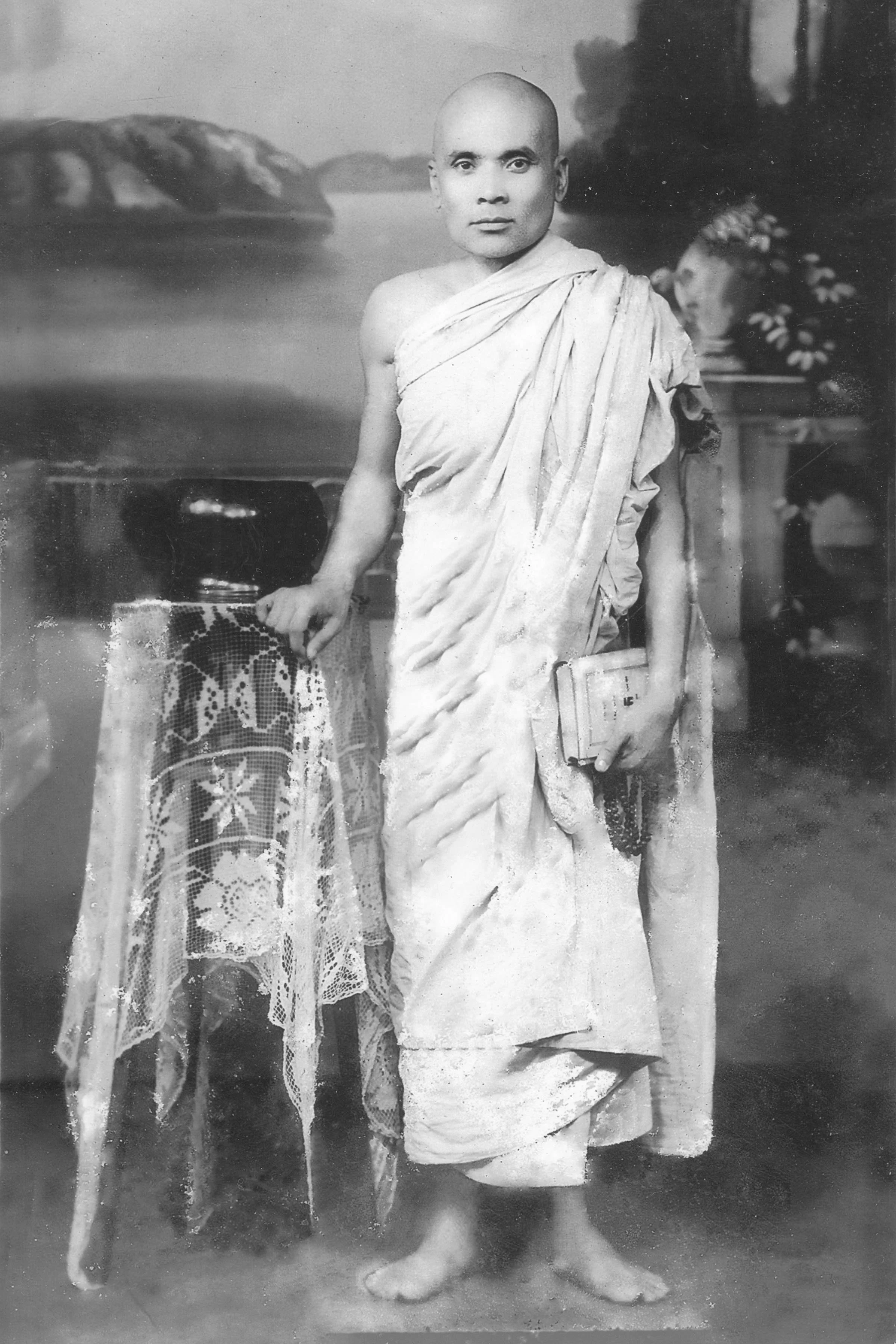8 Enchanting Historical Facts about Robes: From Ancient Origins to Modern Elegance.
Robes hold a captivating history that weaves through diverse cultures and spans countless centuries. These garments have adorned individuals for various purposes, ranging from religious ceremonies and formal events to everyday wear.
In true House of Rolfe fashion, we embark on a journey through time to explore the enthralling tale of robes and day robes, delving into their uses, the myriad fabrics they've been crafted from, and their remarkable evolution throughout history.
Ancient Greece robe styles.
1. Ancient History Unveiled
The roots of robes can be traced back to ancient times when both men and women would don these garments. Ancient Greece, renowned for its rich cultural heritage, saw robes worn as symbols of social status. The length and colour of the robe were key indicators of the wearer's position in society. Similarly, in Ancient Egypt, priests often adorned robes made from exquisite linen or cotton during religious ceremonies.
Ancient Egyptian robe.
2. Religious Significance
Robes have held significant roles in various religious practices throughout history. Christianity, for instance, witnessed the clergy wearing robes during religious services, with distinct colours and styles denoting different religious occasions. In Buddhism, robes became an emblem of the monk's commitment to their faith and their detachment from worldly possessions.
3. The Allure of Formality
Robes have long been an integral part of formal occasions. In medieval Europe, robes symbolized royalty and nobility, signifying status and power. Crafted from opulent fabrics like silk or velvet, these robes were often embellished with jewels, fur, and intricate embroidery.
More recently, during the Coronation of King Charles III, members of the Royal family graced the occasion wearing robes adorned with symbolic embroidery, capturing the essence of regal elegance.
The Princess of Wales Kate Middeloton’s exquisite Alexander McQueen silk crepe gown was embroidered with the national flora of the United Kingdom: roses for England, thistles for Scotland, daffodils for Wales and shamrocks for Ireland.
4. Everyday Robes: A Captivating Transition
While robes have often been associated with formal events and religious ceremonies, they have become a cherished part of everyday attire. The 1800s witnessed a growing interest in fashion and comfort among the middle and upper classes. Seeking comfortable and practical clothing for leisurely moments at home, people found solace in robes.
During this era, robes crafted from soft and comfortable fabrics such as cotton or silk soared in popularity. These comforting materials enveloped individuals in a cocoon of warmth and luxury, allowing them to relax and unwind with ease. Robes became a go-to garment, offering an effortless and stylish solution for moments of respite.
5. Industrial Revolution: Paving the Way for Transformation
The 1800s marked a period of great transformation, courtesy of the Industrial Revolution. As society experienced advancements in various spheres, including fashion, the desire for comfortable and practical attire amplified. Robes became an embodiment of this fashion revolution, particularly when crafted in soft fabrics like cotton or silk. Their ease of wear over other garments made them a convenient choice for individuals seeking comfort without compromising style.
Jewish children with their teacher, Samarkand wearing traditional robes. Taken between 1905-1915, digitally coloured in 2005-2020.
6. The 20th Century: Shaping Modern Robes
With the advent of the 20th century, the world underwent significant changes due to the Industrial Revolution, which expedited processes related to information, clothing, and the effects of two World Wars.
The influence of Eastern-inspired fashion began to emerge during World War II as Western cultures embraced practical and comfortable garments. Japanese fashion, in particular, began to capture the imagination of the West, facilitated by the presence of American forces in Japan. Robes in Asian cultures retained their practicality and comfort during this period, as they could be effortlessly worn and removed. Because of this and the influence of practical fashion among women, especially those joining forces and the workplace, kimono-style robes gained immense popularity, often serving as an alternative to jackets or coats. These traditional kimono robes were reimagined and redesigned to align with Western fashion sensibilities.
1890s Japanese Buddhist Priest in traditional robes.
Monk Dhammalok Mahasthavir 20th Century.
7. Hollywood's Glamorous Touch
The mid-20th century witnessed the continued growth in the popularity of robes, largely influenced by Hollywood's romanticisation of luxurious loungewear. As Hollywood glamour reigned supreme, robes became an essential item for those seeking to emulate their favourite celebrities.
Iconic movie stars such as Marilyn Monroe and Elizabeth Taylor were frequently captured in photographs wearing elegant and stylish robes, further fuelling the desire for these fashionable garments. The influence of Hollywood and the silver screen provided an escape from everyday realities, allowing people to indulge in the comfort and allure of glamorous robes in their own homes. The world was experiencing a rapid change of pace, and the comfort and luxury of a robe became an increasingly popular choice for those seeking solace and relaxation.
8. Robes Today: A Timeless Delight
Even in contemporary times, robes maintain their allure and popularity, serving as an emblem of comfort and relaxation. They have become a go-to choice for loungewear and everyday use, offering a wide range of styles and materials to suit individual preferences and needs.
Throughout history, robes have been crafted from a plethora of fabrics, spanning from simple cotton or linen to sumptuous silk and velvet. The choice of fabric often depended on the occasion and the wearer's social status. In medieval Europe, for instance, only the nobility could afford the opulence of robes made from costly fabrics such as silk and velvet, while the lower classes favoured more affordable materials like wool or cotton.
The legacy of robes is a testament to their enduring charm and versatility. From their ancient origins as symbols of social status to their pivotal roles in religious ceremonies and formal events, robes have left an indelible mark on human history. Today, they continue to be cherished for many of the same reasons, representing comfort, elegance, and a momentary escape from the demands of daily life.
Whether it's wrapping oneself in the plush embrace of a luxurious robe after a long day or relishing the simple pleasure of a cosy morning routine, there is one thing that all robes have in common – they possess an undeniable charm that transcends time and captivates the senses.
In conclusion, the history of robes is a captivating tapestry that intertwines cultures, traditions, and fashion throughout the ages. From their ancient origins to their contemporary elegance, robes have evolved and adapted, leaving an indelible mark on society.
Whether they are worn for religious ceremonies, formal events, or everyday comfort, robes have stood the test of time as a symbol of grace and relaxation.
So, the next time you slip into the welcoming embrace of a robe, take a moment to appreciate the rich history it carries and the comfort it bestows, for these garments truly are a testament to the enduring allure of fashion and the human desire for respite and beauty.













